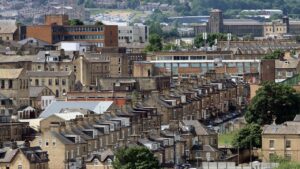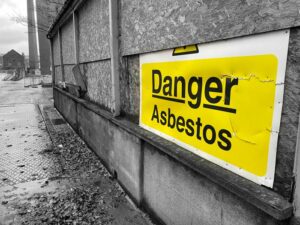MOASA was designed in 2010 following the Eyjafjallajökull volcanic eruption in Iceland, and has spent more than a decade gathering air pollution data.
It looked like a relatively standard twin-pop aircraft from the outside, but once in the cockpit an array of specialist equipment betrayed its purpose. MOASA – better known to some as the Met Office Atmospheric Survey Aircraft – was among the UK’s most important tools used to better understand, and warn about, air quality issues. But, sadly, the plane flew its last flight in April due to budget cuts.
MOASA was first designed in response to the Eyjafjallajökull volcanic eruption in 2010. As plumes of smoke billowed from the Icelandic peak, soon spreading across vast swathes of Europe, much of the continent’s airspace, and that of the UK’s, closed for several days. MOASA was created to gauge the effect of volcanic ash on aircraft engines and track its spread, but has since done far more in its relatively short lifespan.
For the past 12 years, the country’s highest altitude air quality measurement tool has gathered data on both ongoing and one-off air pollution events, helping experts build clear and compelling arguments for the need to drastically reduce emissions and pollutants entering the atmosphere. It has played a vital role in early warnings over poor and dangerous air quality days, and painted stark pictures of the relationship between agriculture, transport, industry, and the impact of hazardous gases such as nitrogen dioxide and carbon dioxide, alongside fine particulate matter like PM2.5.
We recently published a story on Britain’s most advanced interactive air pollution map, and there are no shortages of air quality measuring systems and networks available. However, the difference here is that aircraft measurements offer a very different insight, revealing what is happening at the higher altitude troposphere and boundary layers, a key dataset when it comes to understanding the extent and nature of air pollution.
















Sorry but where you say “We recently published a story on Britain’s most advanced interactive air pollution map, and there are no shortages of air quality measuring systems and networks available”, that is not quite what it seems. There are large parts of rural Britain where fine particulate air pollution is still not measured at all by Defra and NO2 hardly, let alone anything else. Go to the Defra webpages where all their automatic and non-automatic monitoring sites are listed and shown on their maps and you will see what I mean. Ask your local authority too whether or not they actually measure your local air quality directly, for themselves. You might be surprised especially if you live in the countryside. Our nearest monitoring site is 2 or 3 hours drive away so how representative can that be? I think there are AQ networks available such as Purple Air, Luftdaten, Sensor Community, Think Air (south Wales) and apps such as Breathe and Local Haze, as well as the new COPI postcode system for cities, but as far as I know they are not yet all linked up and they do not feed into the Defra database. Please correct me if I’m wrong. Thank you.
Nothing to replace it then? Is this so large corporations can continue to pollute at the expense of the health of the public & planet for the fantasy idea of eternal economic “growth” on a finite planet?
#degrowth #climateandecologicalemergency